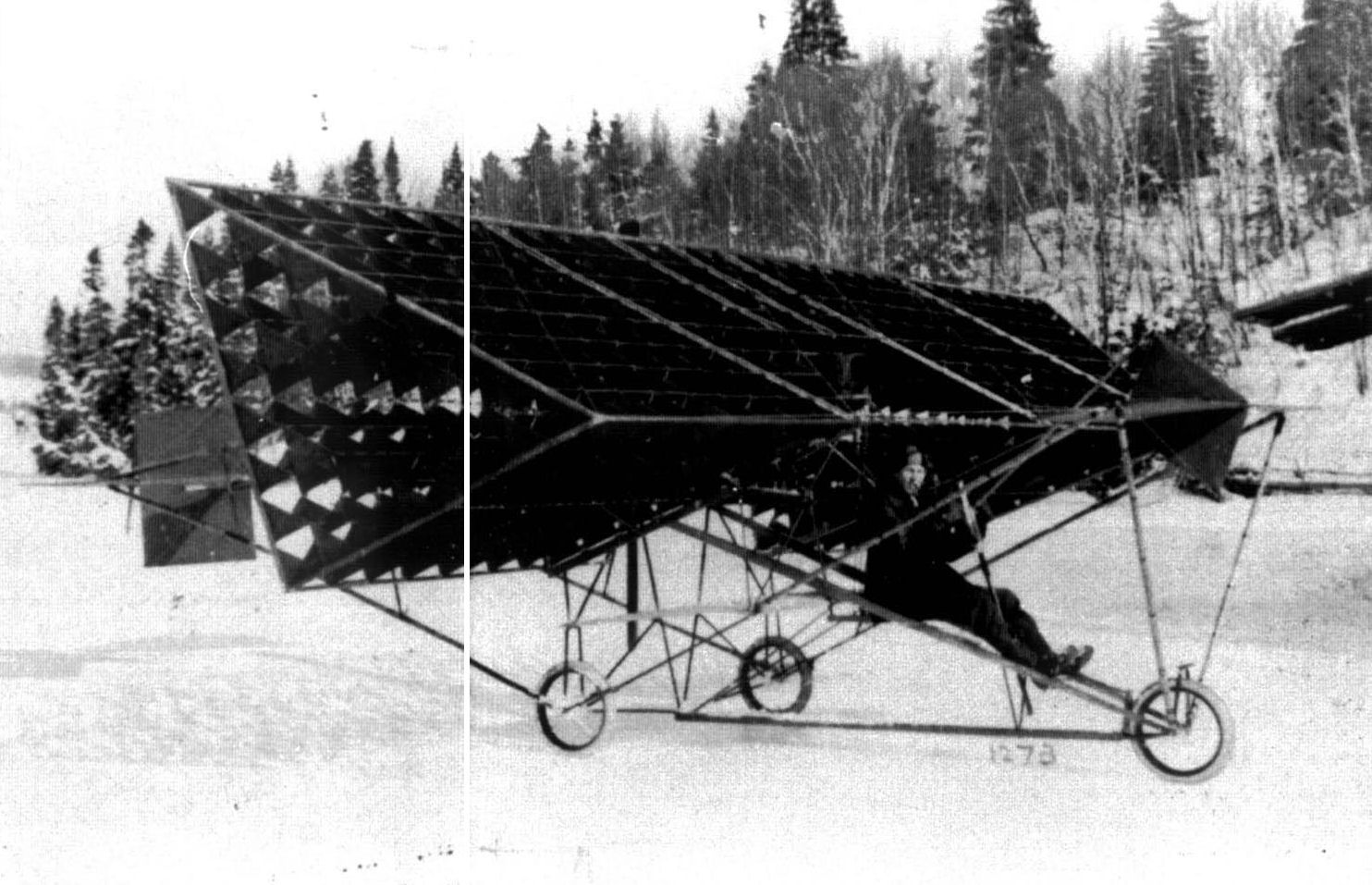Navigation
Install the app
How to install the app on iOS
Follow along with the video below to see how to install our site as a web app on your home screen.
Note: This feature may not be available in some browsers.
More options
You are using an out of date browser. It may not display this or other websites correctly.
You should upgrade or use an alternative browser.
You should upgrade or use an alternative browser.
Unlike the telephone, the Bell Cygnet III of 1912 was not one of Dr Alexander Graham Bell's more earth-shattering inventions. In fact, the Cygnet III represented the last in a whole series of tetrahedral-cell winged designs by the good Doctor that started inauspiciously and got worse from there on. Along with his wife and other such future luminaries as Glenn H. Curtiss and J. A. D. McCurdy, Alexander Graham Bell had been a founder of the Aerial Experiment Association, set up during early 1908 at Hammondsport, in upstate New York. Apparently obsessed by the potential aerodynamic promise of the tetrahedral cell structure made up of four triangular surfaces. Bell's first design, the man-carrying unpowered kite Cygnet I employed this peculiar geometric form. Apparently just capable of flying, this was followed by the monolithic, perhaps more aptly pyramid-sized, Cygnet II of 1909, with its Curtiss-designed 50hp engine that proved quite inadequate to the task of powering the giant aloft. Finally, in 1912, came the Cygnet III, seen here with the noted early Canadian aviator J. A. D. McCurdy at the controls. The nearest Cygnet III came to flying was in March 1912, when it rose a foot or so off the ground under the power of its 70hp Gnome rotary, just prior to suffering its ultimate, barely in-flight structural failure. (US National Archives)








